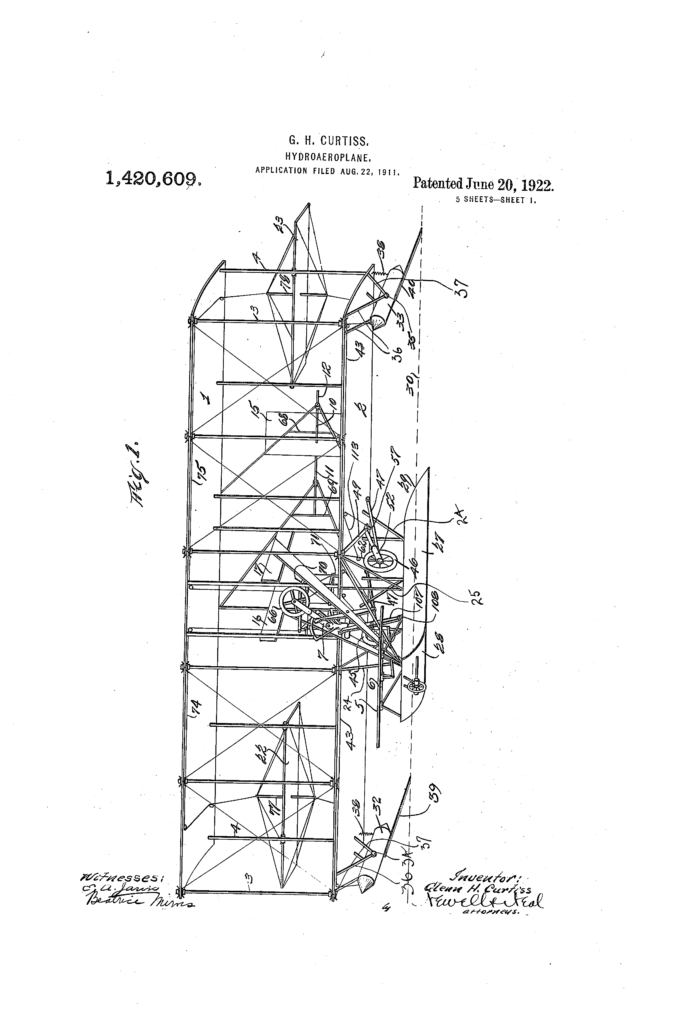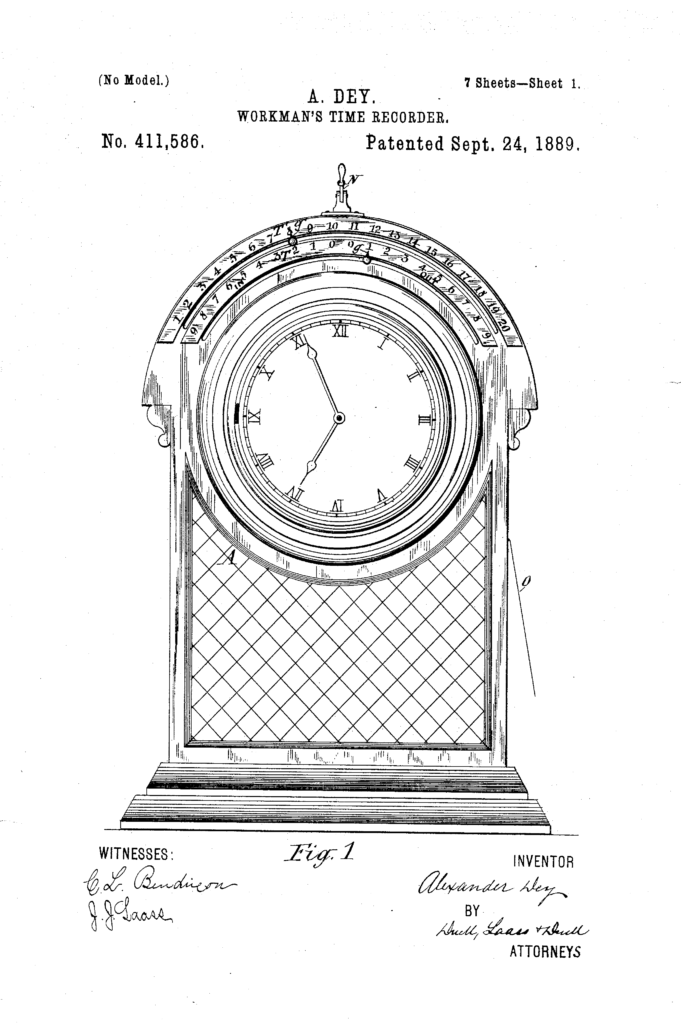On September 28, 1999, U.S Patent No. 5,960,411, issued to Amazon.com, Inc., on a Method and System for Placing a Purchase Order Via a Communications Network — the patent on the one-click to purchase:
Amazon sued Barnes & Noble the next month, and was granted a preliminary injunction against Barnes & Noble’s Express Lane service. Barnes & Noble designed around the patent by requiring shoppers to make a second click to confirm their purchase. The lawsuit was settled confidentially in 2002.
In 2000 Amazon.com reportedly licensed the one-click ordering patent to Apple for $1 million.
On May 12, 2006, the USPTO ordered a reexamination of the one-click patent, based on a request filed by Peter Calveley. Nearly 17 months later, on October 9, 2007, the USPTO issued an office action in the reexamination which confirmed the patentability of five of the claims, but rejecting 21 others. In November 2007, Amazon amended the claims and the reexamined and amended patent was allowed. The patent expired on September 11, 2017.













